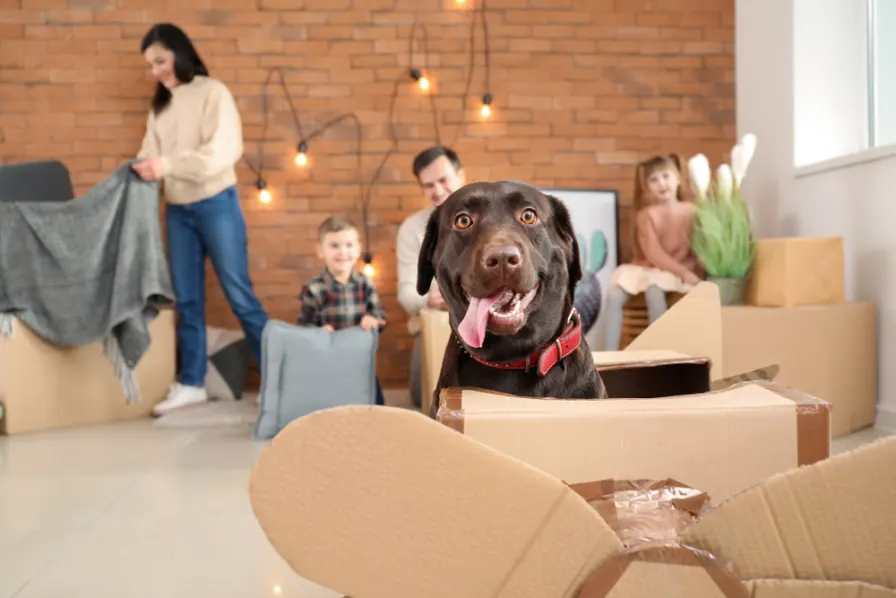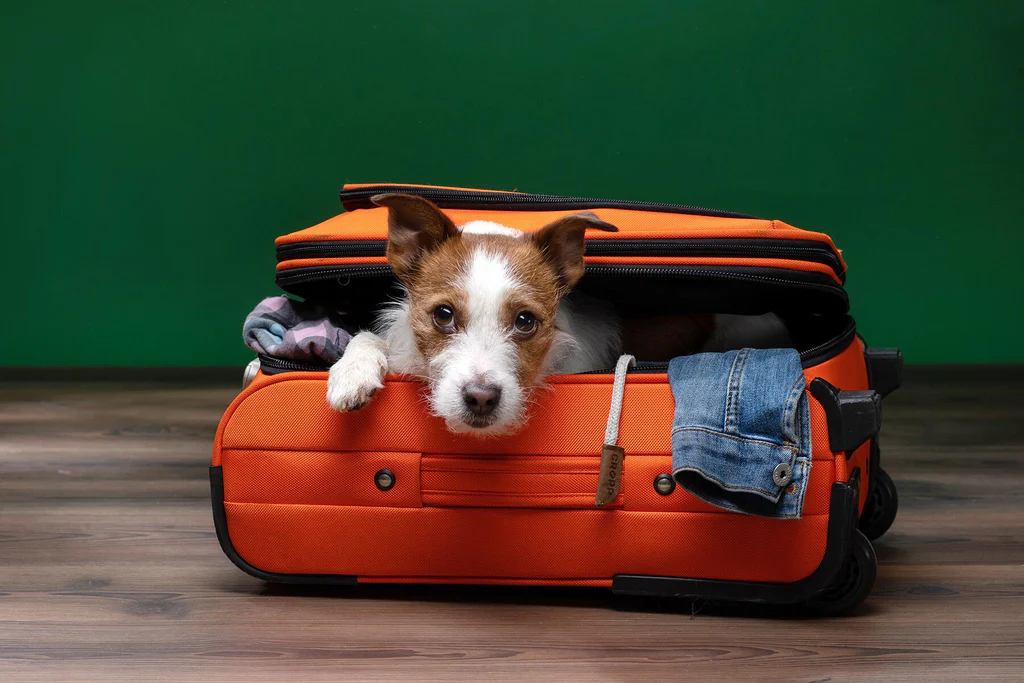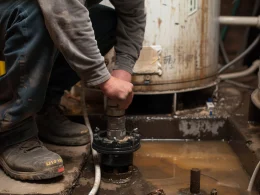Moving is a challenging process, and for pet owners, it becomes even more complex.
Pets are sensitive to changes in their environment, and a move can disrupt their routine and cause anxiety.
But fear not—there are effective strategies to ensure that your pets adjust seamlessly to their new environment.
Keep reading to discover practical tips and insights that will help you manage the moving process for your pets, ensuring a happy transition for everyone involved.
Preparing Your Pet for the Move
To make moving easier for your pet, start by getting them used to the idea. Let them explore packing materials like boxes and tape. Also, keep their daily routine—feeding, walks, and playtime—consistent to reduce anxiety.
You can use calming products like pheromone diffusers to help them feel more relaxed. Make sure their medical records are up-to-date and have a plan for their travel arrangements.
By preparing early and keeping things familiar, you can help your pet adjust better when the move happens.
Planning Your Pet’s Travel

Traveling can be stressful for pets, so it’s important to plan ahead.
For local moves, use a secure crate or harness to keep your pet safe during transport. Make sure their crate is comfortable with their favorite blanket or toy inside.
For longer trips, whether by car or plane, check the best practices and requirements for traveling with pets. Know the airline’s rules, keep all health documents handy, and ensure your pet stays comfortable and hydrated during the journey.
Proper planning will help make the travel experience smoother for your pet.
Setting Up Your New Home
Before your pet arrives at the new home, prepare a designated space for them to settle into. This area should include their bedding, food, and water bowls, and a few familiar toys. Setting up this safe haven in advance allows your pet to explore their new environment at their own pace.
Introduce them to one room at a time to avoid overwhelming them with the entire house. Keep their routine consistent—feed them at the usual times and continue with regular walks or play sessions.
The goal is to make the new space feel as familiar and comforting as possible to help ease the transition.
Hiring the Right Moving Company for Pets

Choosing the right moving company can make a significant difference when relocating with pets.
Duman Zhumagulov, owner of BoxStar Movers (boxstarmovers.com), emphasizes the importance of this decision: “When moving with pets, it’s crucial to choose a company that understands their unique needs. Look for movers with experience in handling pet relocations and a track record of reliability.”
A company experienced in handling moves with animals will be familiar with the best practices for pet care during the move. Check reviews and ask for recommendations to find a company known for their reliability and understanding of pet needs.
By selecting the right movers, you can help reduce stress and ensure your pets are well-cared for throughout the transition.
Managing Pet Stress During the Move
Managing your pet’s stress during the move is crucial for their well-being. Pets can sense their owner’s anxiety, so maintaining a calm and positive demeanor is important.
Provide comfort items, such as their favorite blanket or toy, to help soothe them during the transition. If you’re using calming aids like anxiety wraps or pheromone diffusers, start using them before the move to help your pet adjust.
It’s also beneficial to have a trusted friend or family member assist with the move, if possible, to help keep your pet calm and provide additional support.
Travel Considerations for Pets

When moving, travel logistics play a significant role in your pet’s comfort.
For road trips, ensure that your pet’s crate is well-ventilated and secure. Plan for frequent stops to check on your pet’s well-being and allow them to exercise.
If you’re traveling by air, familiarize yourself with the airline’s pet travel policies, including crate specifications and health requirements.
It’s important to ensure that your pet is comfortable and has access to water throughout the journey.
Handling Special Pet Needs
Different pets have unique needs that must be addressed during a move.
For example, if you have a senior pet or one with health issues, additional considerations may be necessary. Ensure their medical needs are met by having their medications readily available and consulting with your veterinarian about any special care requirements.
For pets with specific anxieties or behavioral issues, consult with a pet behaviorist or trainer for tailored advice.
Ensuring Safety During the Move
When relocating with your pets, secure all windows and doors to prevent them from escaping during transit. Ensure that moving vehicles are pet-safe, with proper ventilation and security.
If you’re using a moving company, inform them that you have pets to ensure they take appropriate precautions. During the actual move, keep your pet in a quiet, secure area away from the commotion to avoid accidents and reduce their stress.
Wrapping Up
Moving with pets requires some extra effort, but with the right preparation, you can make it easier for them.
By getting your pet used to the move and planning their travel, you can help reduce their stress and make the transition smoother. Setting up their new home and managing their needs will help them feel comfortable and secure.
Also, choosing a moving company experienced in handling pets can further ease the process.
With these tips, you and your pet can both settle into your new home with less stress and more ease.











